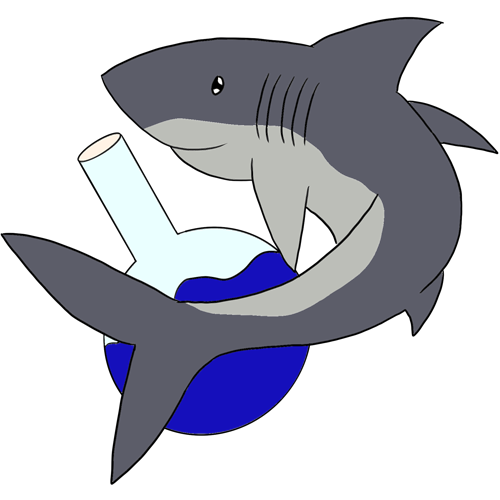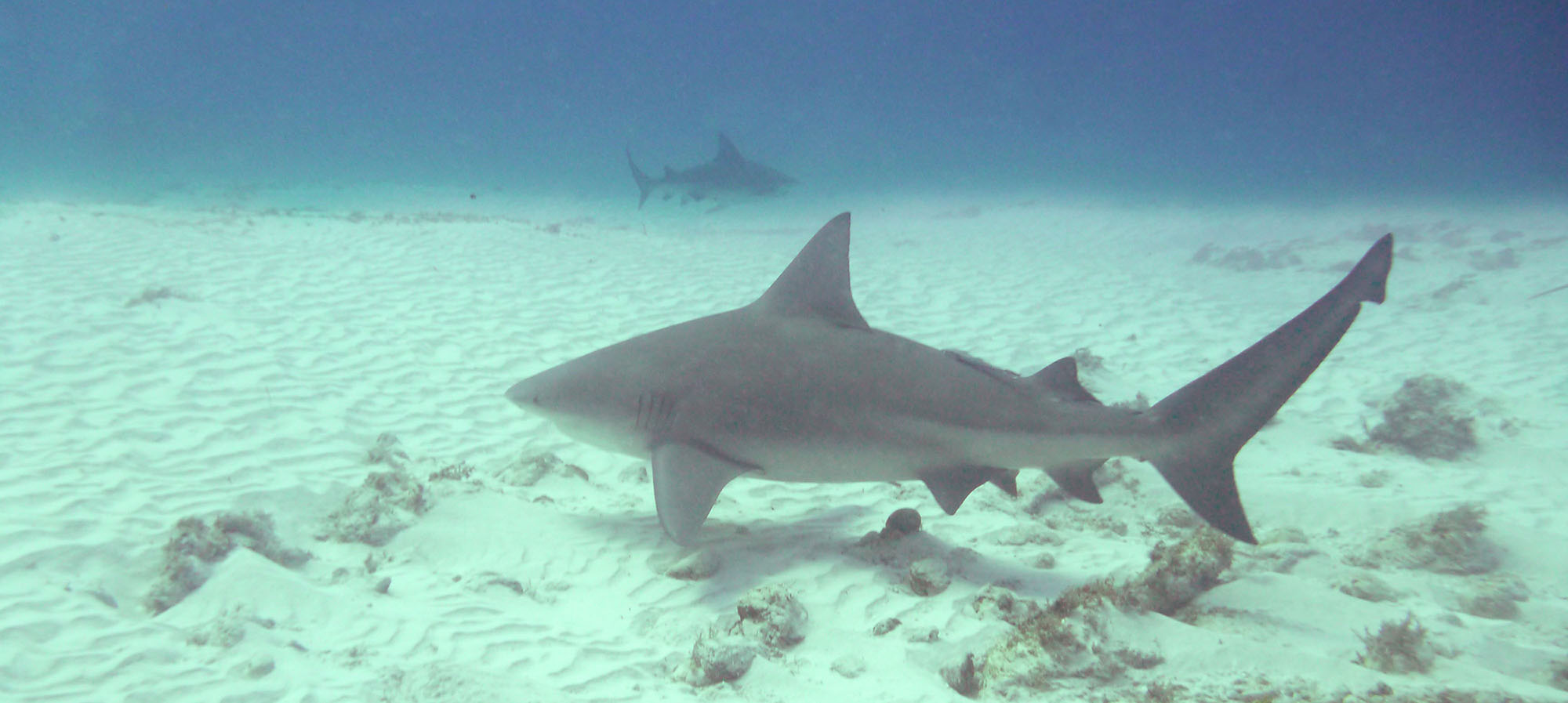What is Shark Awareness Day?
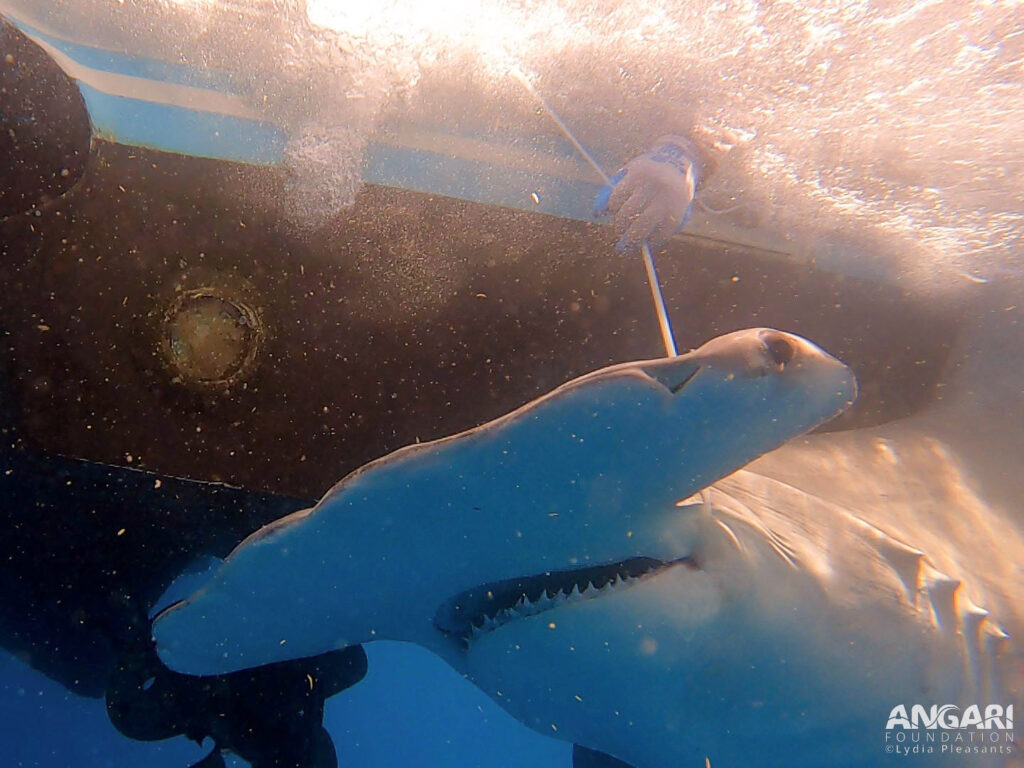
Are you aware of sharks? It’s a weird question to ask, I’m sure. Obviously, you’re aware of sharks. They’re around, they star in terrible Sci Fi films, they have their own week, the list goes on and on. Shark Awareness Day isn’t about just knowing sharks exist, it’s about knowing what sharks are, why sharks are important, and why we should appreciate instead of fearing them.
Not Your Typical Jaws
How many species of sharks can you name off the top of your head? Five? Ten? Twenty? One hundred? If you get to one hundred without looking any up, I will personally mail you a sticker. Most people probably top out at around twenty species of sharks, but boy are they missing about five hundred and fifteen (give or take a few waiting for classification) other shark species! Sharks have been swimming in our oceans for more than 400 million years, making them older than trees, so naturally there are multitudes of different looks to sharks.
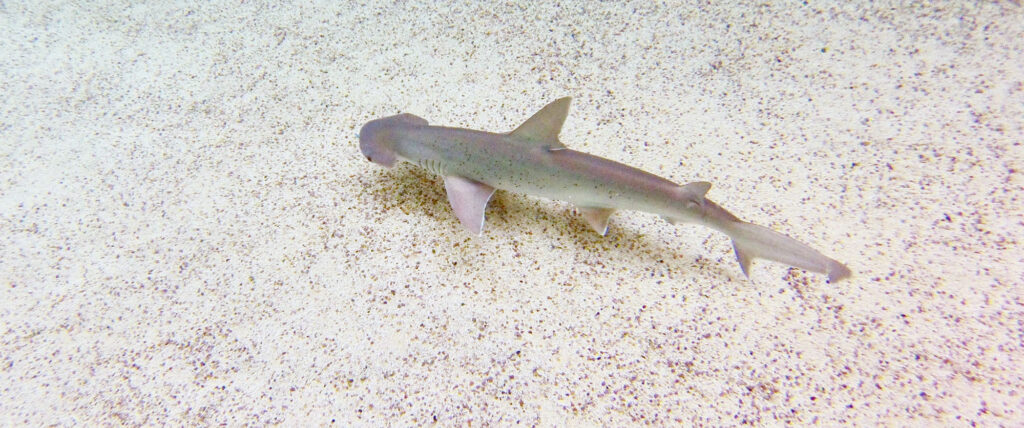
Shark Awareness Day also comes with knowing that sharks are part of the class Chondrichthyes, meaning they are cartilaginous fish. Sharks are grouped with rays and skates in a special subclass called Elasmobranch meaning “plate-like gills”. Typically, you would never even think that there could be that many types of sharks out there in the world, they’ve probably seen five cycled repeatedly on Shark Week every year and thought that was it. Imagine what you think a shark looks like. Typically, you would imagine that 15-foot, grey torpedo shaped body with that triangular dorsal fin and a mouth full of sharp, pointed teeth; you know the sharky looking shark. Most shark species don’t quite look like the Jaws antagonist you’re imagining, instead they have a variety of different shapes, colors, and places in the oceanic food web. Many shark species are eaten by larger sharks or fish because they are so small! One shark species, the dwarf lantern shark, only grows up to a maximum of 8 inches long! On the other hand, one shark is so similar in feeding style to our friends the whales they get the name whale shark! Whale sharks are the largest fish in the ocean and eat the smallest animals in the ocean, plankton! Many aquariums have small cat sharks or epaulette sharks that you are allowed to gently pet, these sharks feed mostly on worms and other benthic animals, epaulette sharks are known for being able to walk out of the water with their specialized fins to catch prey to get to new tide pools. If you created a shark species random sorter, I can pretty much guarantee that you would be surprised with the way most of the sharks look, because of their general size, shape, or overall cuteness level.
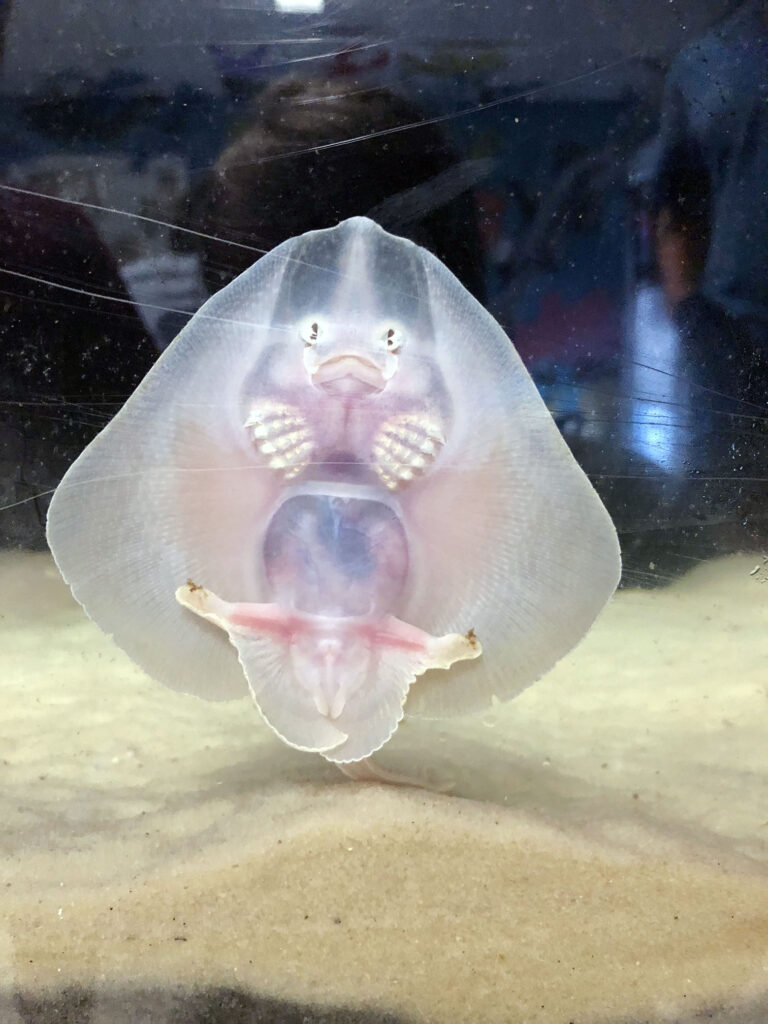
A World Without Sharks in It
The flip side of a fun day reminding everyone about how amazing sharks, skates, and rays are; is reminding everyone of some of the dangers they face. The ocean would look very different if sharks weren’t in them. Sharks play a vital role in oceanic food webs; they typically are the apex predator (if not just a predator) of their habitat and will remove sick or injured fish helping keep populations of fish and invertebrates healthy. Sharks make their home in ecosystems all over the world, from the cold, frigid waters of the Arctic, to tropical mangrove regions, and they play a major role in regulation of each habitat. Tiger sharks, for example, have been known to frequent seagrass beds and scare off green sea turtles that would overgraze the region if given the chance, leaving no seagrass left. Many sharks help with oxygen production in the ocean by eating the fish that feed on oxygen generating plankton. I think Dr. Toby Daly-Engel put it best:
“If the sharks disappear, the little fish explode in population, because nothing’s eating them. Pretty soon, their food — plankton, microorganisms, little shrimps — all of that is gone, so all the little fish ultimately starve.”
Dr. Toby Daly-Engel

Basically, without sharks, we start to get a full-on implosion of the food web because nothing is at the top regulating the smaller organisms below it. Unfortunately, many sharks are facing endangered or critically endangered status due to human impacts to the species itself or even their habitat. Bycatch, habitat loss, and prey loss are likely some of the largest issues impacting sharks today. We as humans innovate and build, destroying habitats for sharks and their prey alike, as well as taking their prey out of the water for ourselves, leaving the sharks to starve or try to find something new to feed on. Bycatch is the practice of catching species of animals other than the target animal in a net or trap. This activity is impacting other animals like turtles and dolphins, especially from large fishing boats.
Sharks are portrayed as bloodthirsty demons of the sea in the media and any shark related incident gets played up in the news as highly sensationalized, but humans are way more likely to be killed by things as mundane and everyday as a vending machine or lightning, than a shark encounter. Shark related deaths worldwide tend to top out at 6 people a year, which is much less than the extremely bloodthirsty and dangerous mosquito which averages about 700,000 deaths worldwide a year. On the other hand, nearly 100 million sharks die a year due to humans, seems like we’re the bloodthirsty one now huh?
I hope this Shark Awareness Day you will take some time to appreciate the work sharks do for our oceans and consider some ways you can help change their future. I’ll give you a hint, VOTE, specifically for people and policies that have our oceans health and the health of sharks in mind. So, Happy Shark Awareness Day! Eat some gummy sharks for me!

